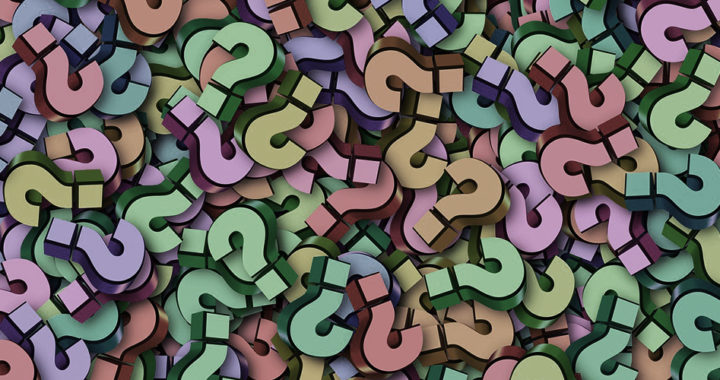In their 2017 white paper published by the Council of Europe, researchers Claire Wardle, PhD and Hossein Derakshan presented a framework for understanding and analyzing the challenges related to information disorder. The Wardle-Derakshan Framework also mentioned the three categories of information disorder: misinformation, disinformation, and malinformation.
They noted that simplistic terms such as “fake news” do not represent the different facets of false information and information pollution. Furthermore, these terms have been used by influential individuals and groups to undermine and discredit news media organizations, especially if they find news reports and coverage disagreeable.
Nevertheless, the framework also explains the characteristics and thus, the differences between misinformation, disinformation, and malinformation.
The Difference Between Misinformation, Disinformation, and Malinformation
• Misinformation: Unintended or accidental mistakes such as inaccurate captions, dates, statistics, translations, or when satirical contents are taken seriously by the consumers of information. Take note that although the information are false, they are not created with the intention of causing harm
• Disinformation: Fabricated or intentionally manipulated and construed contents and messages, including purposely created conspiracy theories or rumors. These false information are deliberately and maliciously created to harm a person, social group, organization, or country.
• Malinformation: Deliberate publication of private information for personal or private interest, as well as the deliberate manipulation of genuine content. Take note that these are not false information but instead, are real information based on reality, but are used and disseminated to harm others.
To understand better the difference between the three, take note of more examples. More specific examples of misinformation include errors in reportage such as misquotation, improper citation of sources, and misrepresented data or facts due to lack of training.
On the other hand, additional examples of disinformation include fake news, propaganda materials, false statements, evidence tampering, and malicious historical revisionism. Some examples of malinformation include revenge explicit content, leaking of classified government information, blackmailing and ransomware, and dissemination of trade secrets.
FURTHER READINGS AND REFERENCES
- Simon, K. 2019. “Wardle-Derakshan Framework of Information Disorder.” Profolus. Available online
- Wardle, C. and Derakhshan, H. 2017. Information Disorder: Toward an Interdisciplinary Framework for Research and Policy Making. Strasbourg: Council of Europe. Available via PDF






